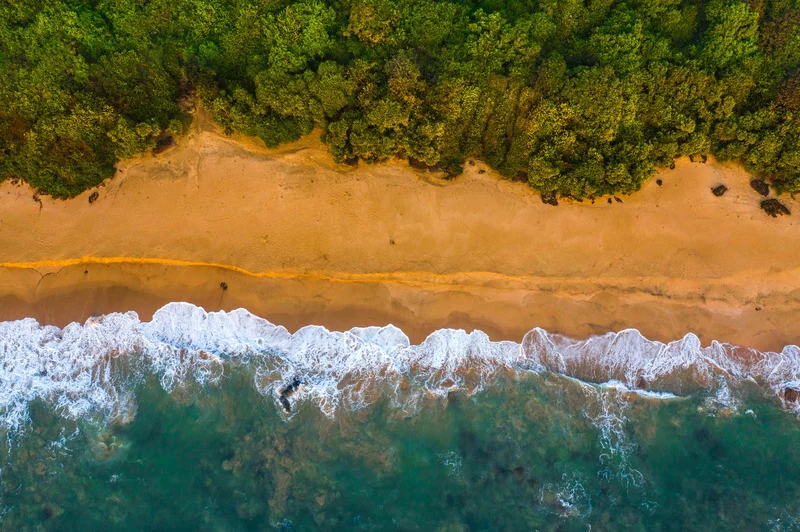[Generated Title]: Australia's Solar Surge: Are We Witnessing the Dawn of a Renewable Energy Superpower?
Australia's not just catching the solar wave; it's practically surfing a tsunami of clean energy. A new IEA report just dropped, and the numbers are jaw-dropping: 5.2 GW of solar capacity added in 2024 alone, pushing the total to a staggering 40 GW. That's like plugging in the entire country of Portugal with sunshine!
What's truly wild is that the solar installations in a single year exceeded the cumulative total of all installations up to the end of 2015. Think about that for a second. It's like the difference between a horse-drawn carriage and a rocket ship. This isn't just growth; it's an exponential leap, and it points to something much bigger than just a few panels on rooftops.
The Land Down Under, Powered by the Sun
The real story here isn’t just the sheer volume, but the distribution of this solar power. Rooftop systems are absolutely dominating, especially in places like Queensland and South Australia, where nearly half of all freestanding homes are basking in solar glory. South Australia, with its modest population, is already routinely exporting excess solar power to neighboring states. I mean, come on, that's practically a real-world Wakanda!
Now, the IEA report does point out that Australia isn't in the top ten for annual installations globally, and that connection approvals and grid congestion are still challenges. Fair enough. But let’s reframe that: Australia might not be the biggest in terms of new panels every year, but it's a world leader in per capita solar adoption, rocking an impressive 1.52 kW per person. That's like giving everyone their own personal solar power plant.

This isn't just about reducing carbon emissions (though that's a huge win, obviously). This is about energy independence, about creating a resilient, decentralized power grid that can withstand anything the future throws at it. Imagine a world where entire communities are powered by the sun, immune to the whims of global energy markets. What this means for us is the possibility of a genuinely sustainable future, but more importantly, what could it mean for you?
And get this: the report also highlights a shift towards larger residential systems, reclassifying them as up to 15 kW. That shows people aren't just dabbling; they're going all-in on solar, turning their homes into mini power stations. It's a groundswell of grassroots energy revolution!
Of course, with great power comes great responsibility. We need to ensure that this transition is just and equitable, that everyone benefits from the clean energy revolution, not just those who can afford to install solar panels on their roofs. We need smart policies and investments to make solar accessible to all, regardless of income or location. And we need to address those grid connection issues and congestion management challenges head-on.
This is the kind of breakthrough that reminds me why I got into this field in the first place. I remember back in the day we used to dream of a day when renewable energy would be a major player, and now it's not just a player, it's a game-changer. The speed of this is just staggering—it means the gap between today and tomorrow is closing faster than we can even comprehend.
I've been following the comments sections, too, and the buzz is palpable. One user on Reddit put it perfectly: "This is more than just solar panels; it's about building a future where our kids can breathe clean air and inherit a planet that's still thriving." You can't put a price on that.
Australia: The Canary in the Coal Mine, or a Solar-Powered Phoenix?
Australia's solar success story is more than just a feel-good headline. It's a glimpse into a future where renewable energy isn't just a niche solution, but the dominant force in our energy landscape. It's a testament to the power of innovation, the ingenuity of the human spirit, and the unwavering belief that we can build a better world, one solar panel at a time.










